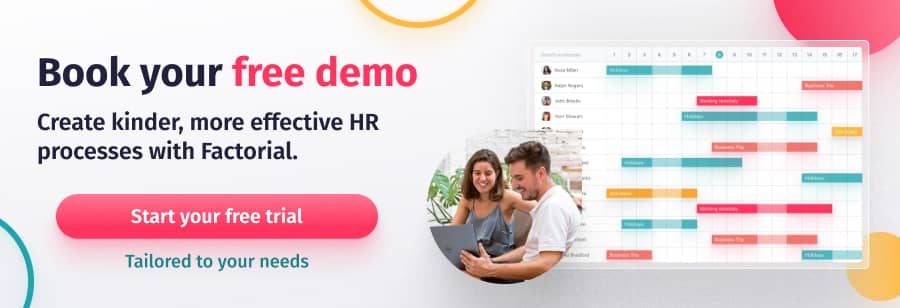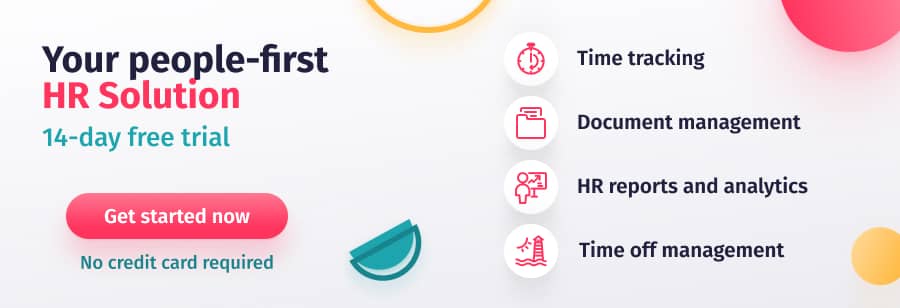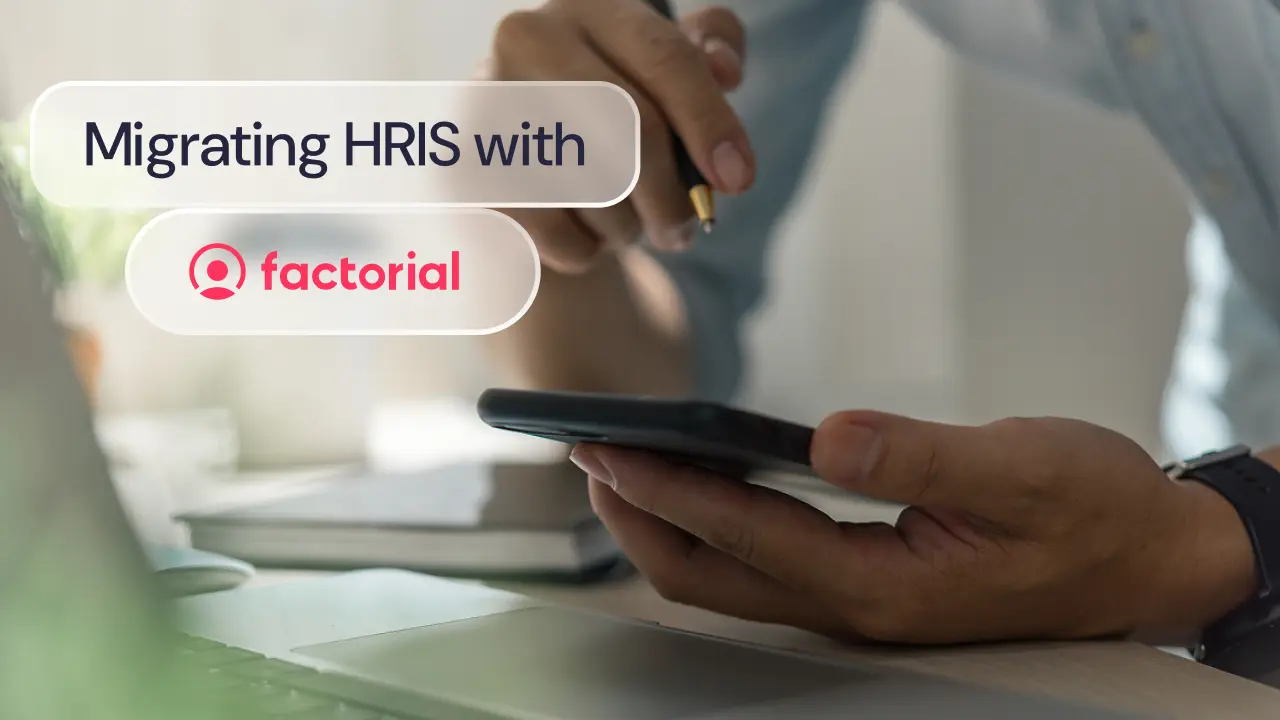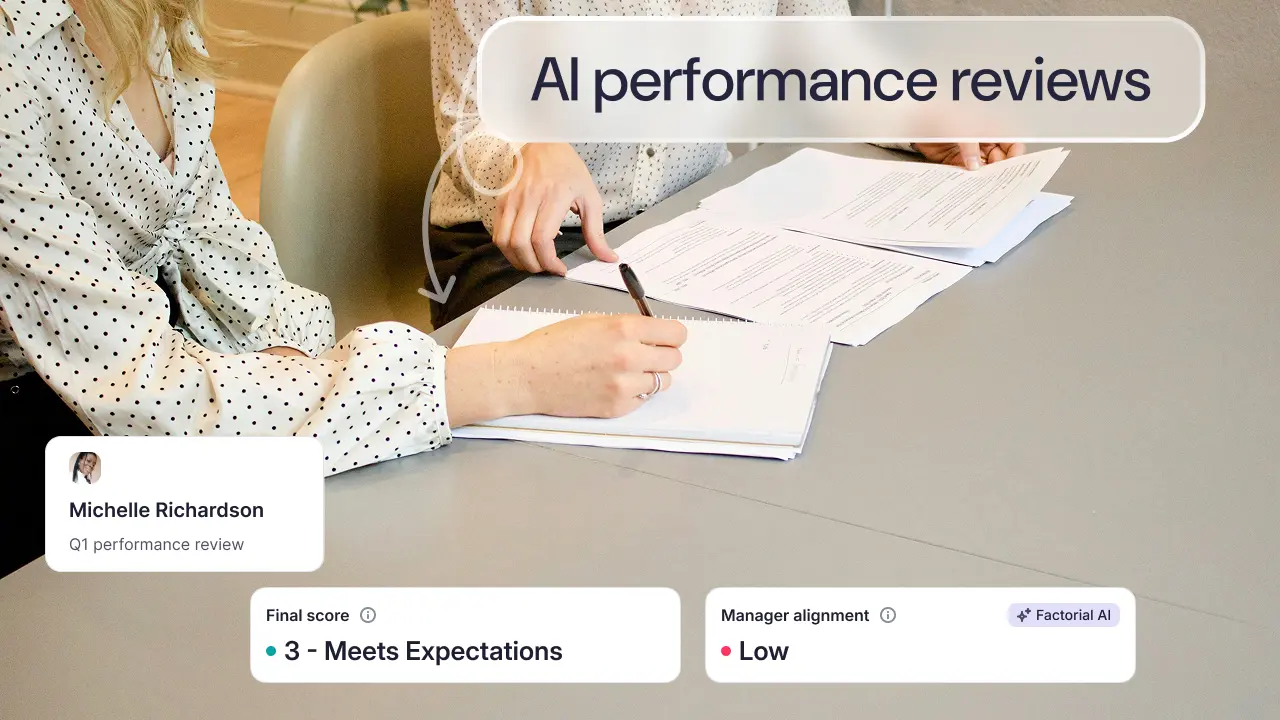Choosing the right payroll software is a critical component of running a successful business. The software you choose should help your internal compensation processes run smoothly, saving you time and money. It should also help to enhance your employee experience. And this is vital given that, according to a study conducted by Career Builder, 78% of Americans are living paycheck to paycheck, so they cannot afford to wait for late payments.
But how do you know which software is best for your business?
There are a few key factors you need to consider, including the features it offers, if it can be integrated with your existing platforms, and whether or not it aligns with your budget.
With that in mind, we have put together this short guide on payroll software for small business to help you find the right solution for your organization.

What is payroll software?
Payroll software is a form of people management software, also known as an HRIS. Put simply, it is an on-premises or cloud-based HR SaaS application that you use as part of your human capital management strategy in order to manage, maintain and process payments to employees at the end of each payment period.
Managing payroll is about so much more than simply calculating paychecks, though. You also need to take into account tax compliance, onboarding new employees onto the system (and offboarding leavers), reporting, storing personal employee data, and planning budgets and future costs. This means that when it comes to setting up payroll for small business, the right HR solution has the potential to transform your HR processes so that your company works more efficiently and effectively. It can also help to ensure you stay compliant with tax laws and other employment regulations. You can, of course, do all this manually, but the right payroll software for small business can streamline your processes, enabling you to focus on more strategic tasks for the benefit of your overall company goals.
Here are a few other benefits of using payroll software:
- Work out payroll calculations and deductions quicker
- Generate accurate payslips
- Calculate bonuses, expenses, holiday pay, etc with minimum effort
- Automated reporting features
- Increased fiscal compliance
- Secure storage of payslips and employee files
- Features for accurate expense management
- Access to reporting and predictive analytics features
- Integration with existing platforms such as an employee clock-in system, onboarding software or applicant tracking systems
Payroll software functions
Now that we’ve seen what payroll software is, let’s take a look at some of the features you should be looking for in a payroll software services solution. The right solution should enable you to manage all the features we’re about to see, with the right HRIS training, of course.
Managing and processing payroll
The most critical feature of any payroll for a small business solution is managing and processing payroll. This means ensuring each and every employee is paid the right amount, at the right time, and by their preferred payment method. And this is the absolute minimum you should be looking for in a payroll software application.
You also, ideally, should be looking for a solution that you can integrate with your time and attendance software so that you can automatically transfer data relating to hours worked to the system and calculate owed amounts at the click of a button.
Reporting
Another important feature of software for payroll relates to reporting and analytics. The best solution is one that can generate insights in terms of basic payroll data and hours worked. This gives you a wealth of insights so that you can analyze factors including staff costs and performance, both individually and across the business as a whole.
For example, with Factorial’s solution, you get access to a dashboard with a set of predefined reports that you can use to gain valuable insights into your payroll. Companies that subscribe to the Enterprise plan are also able to customize and apply a different time frame filter to all payroll reports.
Storing personnel records
Some payroll software programs also include features for storing personnel records or integrating with existing employee database software. This makes it much easier to cross-reference data so that you can be sure all information you include on your payslips is up to date.
Direct deposits
Direct deposit is another most important payroll feature that you should look out for. After all, the main purpose of a payroll system is to make sure your employees get paid. Direct deposits help you automate all your transactions so that your employees can rest assured that they will be paid on time.
Filing taxes
As an employer, you are responsible for ensuring fiscal compliance and deducting and filing the right taxes for all your employees. To help with this, many payroll systems offer tax filing features. This helps you avoid potential miscalculations or issues with federal, state, or local taxes.
The same goes for filing tax documents like W-2s and 1099s. The best payroll software solution helps you automate and file the right forms with the appropriate agencies, helping you stay compliant at every level.
Planning budgets and future costs
If you choose a payroll system program with features for reporting and forecasting, then you can use this data to manage your expenses and plan staff costs, such as calculating the total cost of an employee per annum. This can help you stay on track and reach your business objectives.
Employee self-service
Finally, the best solutions also include an employee self-service portal. Self-service employee portal software allows employees to access a wide range of HR-related information and services. This not only minimizes confusion but also puts the control of some HR tasks, such as managing time-off, in the employees’ hands.
For example, employees can access, manage and update:
- Employee personal data, such as banking and contact information
- Payslips, W-2 forms and paid time off balance
- Time off requests and scheduling changes
- Payroll and benefits information
Employees can also use an ESS portal/HRIS to communicate directly with HR. This saves your team a great deal of valuable time as employees can manage basic processes by themselves. However, it should be noted that these features vary from software to software.
What is the best payroll software for small business?
If you have decided that now is the best time to invest in HRMS with integrated payroll software, or even in a basic payroll computer software solution, then you are probably wondering which of the many options on the market would be the best payroll program for your business.
With that in mind, let’s take a look at some of the payroll applications that you might be considering to help you decide.
Factorial’s payroll software integration capabilities
Factorial’s payroll software is a solid SaaS solution with a strong emphasis on data security. With Factorial, all database information is encrypted and GDPR-compliant. The application uses a Single Sign-On system and vulnerability diagnostics are performed regularly. This makes it a great HR software solution for small and medium-sized businesses looking to protect their data and stay compliant, without breaking the bank.
At Factorial, we understand that payroll management is a complex process. That’s why we want to provide you with a solution that centralizes all of your tasks on one, simple platform.
Factorial time and talent management features
You can use the software for time off and absence management, time tracking and shift planning, organization chart and team management, employee and company documents, reporting and analytics, employee onboarding, talent acquisition, and much more. Plus, the solution includes an intuitive employee self-service platform, helping you to improve the overall employee experience.
In terms of pricing, access to Factorial’s HR platform starts at $60 per year, then it’s $4 per additional user. This makes it much cheaper than most solutions offered by our competitors. Plus, there is a 14-day free trial, and custom enterprise pricing is available for bigger teams.
Payroll software options to consider
For a long list of payroll software options, check out our list on the Top 10 Payroll Software. Choosing the best isn’t easy, but hopefully this article will provide you with some options that will satisfy your needs. Most importantly, choose software that is easy to use, fits your budget, and suits your needs as your business continues to grow.
If you want to learn more about payroll software that integrates with Factorial, check out this video on the QuickBooks Factorial integration. It’s a solution to many problems HR faces with streamlining payroll and their HR processes.

